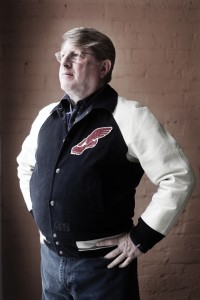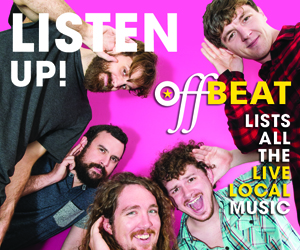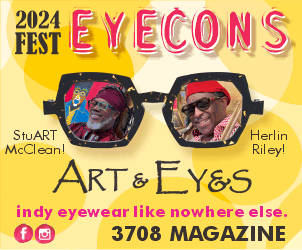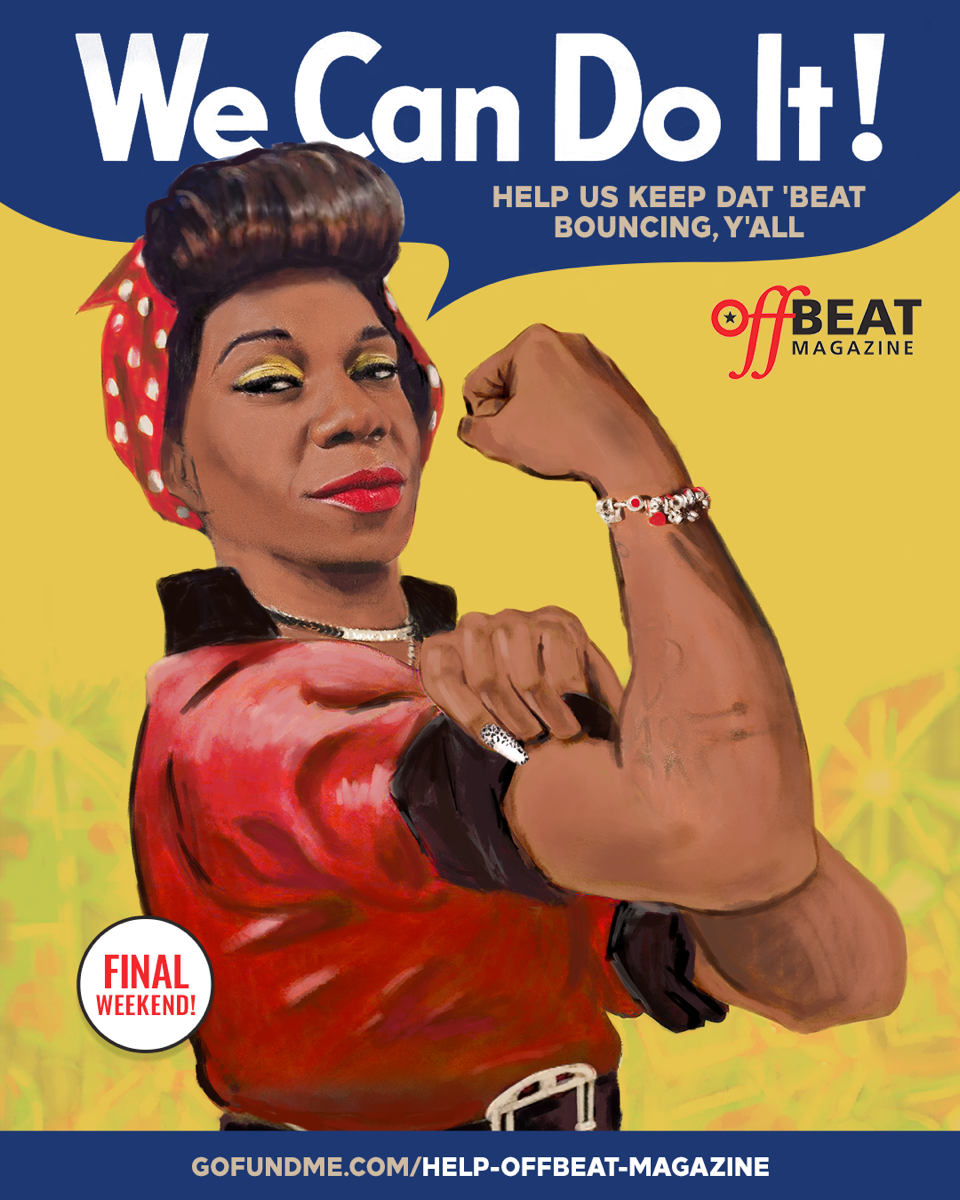[caption id="attachment_62601" align="alignright" width="200"] Photo by Elsa Hahne[/caption]
Photo by Elsa Hahne[/caption]
The New Orleans Jazz and Heritage Festival has become the sun at the center of the city’s musical galaxy. It and Mardi Gras are the events with the largest impact on the New Orleans economy, but Jazz Fe...




